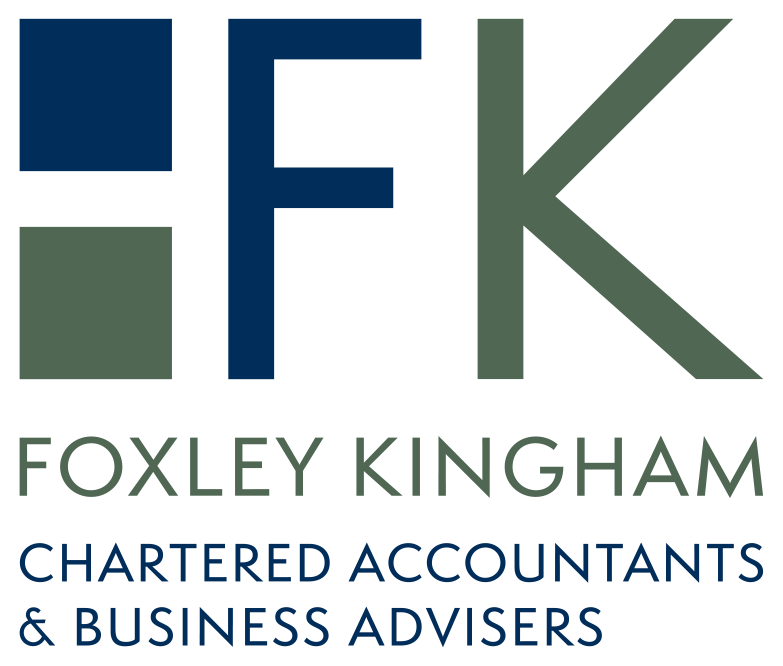As the number of corporate insolvencies once again exceeds pre-pandemic levels, we spoke to Alastair Fish, Insolvency Manager at Business Recovery and Insolvency. Alastair answered a number of commonly asked questions, providing expert insight into why the number is increasing, warning signs to look out for in your client base, and how to mitigate loss in the case of your company facing insolvency.
Much has been reported on increasing insolvency statistics that the number of corporate insolvencies is now at its highest level since 2009 and the financial crisis. We are certainly seeing HM Revenue & Customs taking action which can be demonstrated by increased compulsory liquidations as more winding-up petitions are being issued by them.
Distributions to unsecured creditors are less likely since HMRC was given preferential status with respect to PAYE, NIC, and VAT. As they are often the largest creditor, this means that funds will often not be available for trade suppliers.
For businesses, this means that spotting whether a client is struggling financially sooner rather than later may be important in limiting your exposure and reducing the quantum of bad debts.
Why are insolvencies increasing?
There are a number of macro and micro-economic factors driving the increased number of UK corporate failures in 2023. Economists and various bodies representing business have examined the statistics and pointed to the following factors making it harder for businesses to trade profitably including:
- Wage/salary increase pressures (not only affected by inflation or cost of living but also by shortages of skilled staff in certain industries)
- Sharp increases in utility costs
- Significant increase in raw material costs (partly stemming from increased fuel costs).
- Increased finance costs (interest base rates significantly higher to curb inflation)
- Effect of Brexit – increased administrative burden of exporting to Europe
- Reduced consumer discretionary spend
All of these factors contribute to a more difficult landscape for businesses to operate in and therefore an increase in the number of insolvencies.
What are the warning signs of an insolvent company?
Those in a position of financial responsibility for your company should be aware of the warning signs that a company is veering toward insolvency. From a financial perspective, these signs might look a lot like the following:
- Failure to pay invoices on time and only paying after being chased a number of times (fellow clients/suppliers may be experiencing the same thing)
- Reduction in credit score over a period
- Round sum payments or seeking to agree a time-to-pay arrangement with your firm
- Firm known to have undertaken a significant cost-cutting exercise
- Stopped ordering from your business completely or suddenly looking to order from you (instead of a past supplier)
And non-financial warning signs might look like the below:
- Missing statutory reporting obligations
- Employees leaving and/or management structure changing
- Directors and senior employees question their motives when speaking to you
- Directors and purchasing team do not return your calls
- Complacency and a failure to adapt to the changing needs of their clients (you are one!)
What steps can I take to mitigate my business’ loss from an insolvent client?
There are a few steps you can take right now to mitigate against the risk of insolvent clients and minimise losses:
- Evaluate the pros and cons of credit insurance for your business
- Enforce credit limits and only take orders on a pro-forma basis (once payment is received) if in excess of this limit
- Review your terms and conditions (possibly in conjunction with your legal advisors) to ensure that these protect your business as much as possible
- Take proactive steps with slow-payers
What are the effects of insolvency on company directors?
If a company is insolvent or likely to become insolvent, directors’ primary responsibilities are to creditors and no longer to shareholders. In certain circumstances, insolvency practitioners can “lift the corporate veil” (albeit not the strict Companies Act definition) in that the directors may no longer benefit from limited liability – and that means that personal assets may be at risk. Therefore, insolvency can have a serious impact on directors.
When trading is going well, companies open credit accounts with suppliers without reading their terms and conditions. This “small print” can include personal guarantees that the supplier can call upon in the event of the company entering an insolvency procedure. Similarly, bank overdrafts and some loans can also be subject to personal guarantees.
If a company is financially distressed, it is imperative that directors take advice from their accountant and tax advisors as paying yourself in the right way is critical. If a company is loss-making, dividends might be deemed illegal under the Companies Act, if there are insufficient distributable reserves at the time. In this scenario, this may have a major impact on the director’s loan account in that he may owe a significant sum to the company which a liquidator will seek repayment of.
What if I invest my personal funds into a struggling business?
If trading through current difficulties involves putting in personal or family money, you must consider how best to secure that investment. An alternative is the sale of company assets to you personally which are leased or rented back to the business with these transactions being at market value or a fair value. Along with a cash investment, you could obtain a fixed charge over certain assets or obtaining a floating charge over all company assets. You should always take legal advice before implementing either of these scenarios.
What actions can I take as a consumer to protect myself from insolvency?
This is particularly important for larger purchases or more expensive items. In the case of travel, specific protection is available for consumers, so ensuring that you’re able to benefit from such protections, is important.
For the purchase of expensive items, using your credit card provides an additional layer of protection if the supplier you have purchased from enters an insolvency procedure. In cases where you have paid but not received your goods (or service), you can seek a refund from your credit card provider.
If you pay a deposit for the purchase of an item, you have no guarantee that these payments will be “ring-fenced” to be returned to you, in the event of a supplier entering an insolvency procedure, prior to you receiving the goods or the provision of the service. There is no comeback for you personally if the supplier uses deposits as working capital. You are reliant on the insolvency practitioner releasing additional funds, resulting in a distribution to creditors.
If you want to know more about insolvency, discuss any concerns, or learn more about risk mitigation strategies, get in touch with your usual FK contact.










